Portfolio loss distribution using copulae
-
- 0 Rating
- 0 Reviews
- 5 Students Enrolled
Portfolio loss distribution using copulae
This talk discusses the portfolio loss estimation through copulae
-
- 0 Rating
- 0 Reviews
- 5 Students Enrolled
Requirements
- Topics in quantitative finance
General Overview
Description
Objectives:
- Credit risk modeling
-
- Structural framework (Robert C. Merton, 1974)
- Factor model for underlying factors
- Portfolio loss density estimation
-
- Copula of assets multivariate distribution
- Gaussian vs -student
- Correlation comparison
Recommended for you
Meet the instructors !
Kainat Khowaja is currently a research associate and PhD student at Humboldt University of Berlin with International Research Training Group IRTG1792 “High dimensional non stationary time series analysis”.
Along with a double masters degree in Mathematics and high international exposure through various exchanges. she has a rich background in research, scientific presentations and teaching. Since 2015, she has worked as a teaching assistant for 4+ courses and completed various research projects related to statistics, econometrics, machine learning and finance. She has also co-taught four graduate level courses related to smart data analysis and mathematical statistics at her current institute.
Presently, she is working on the methodology to construct uniform confidence bands around non-parametric estimates from generalized random forests with assistance of multiplier bootstrap. Her work extends on the scope in which mathematical properties can be utilized to bridge the gap between theoretical understanding of random forests and their practical performance. Her research interests include interpretability of and variable selection through random forests and she would like to continue her research in the same area.




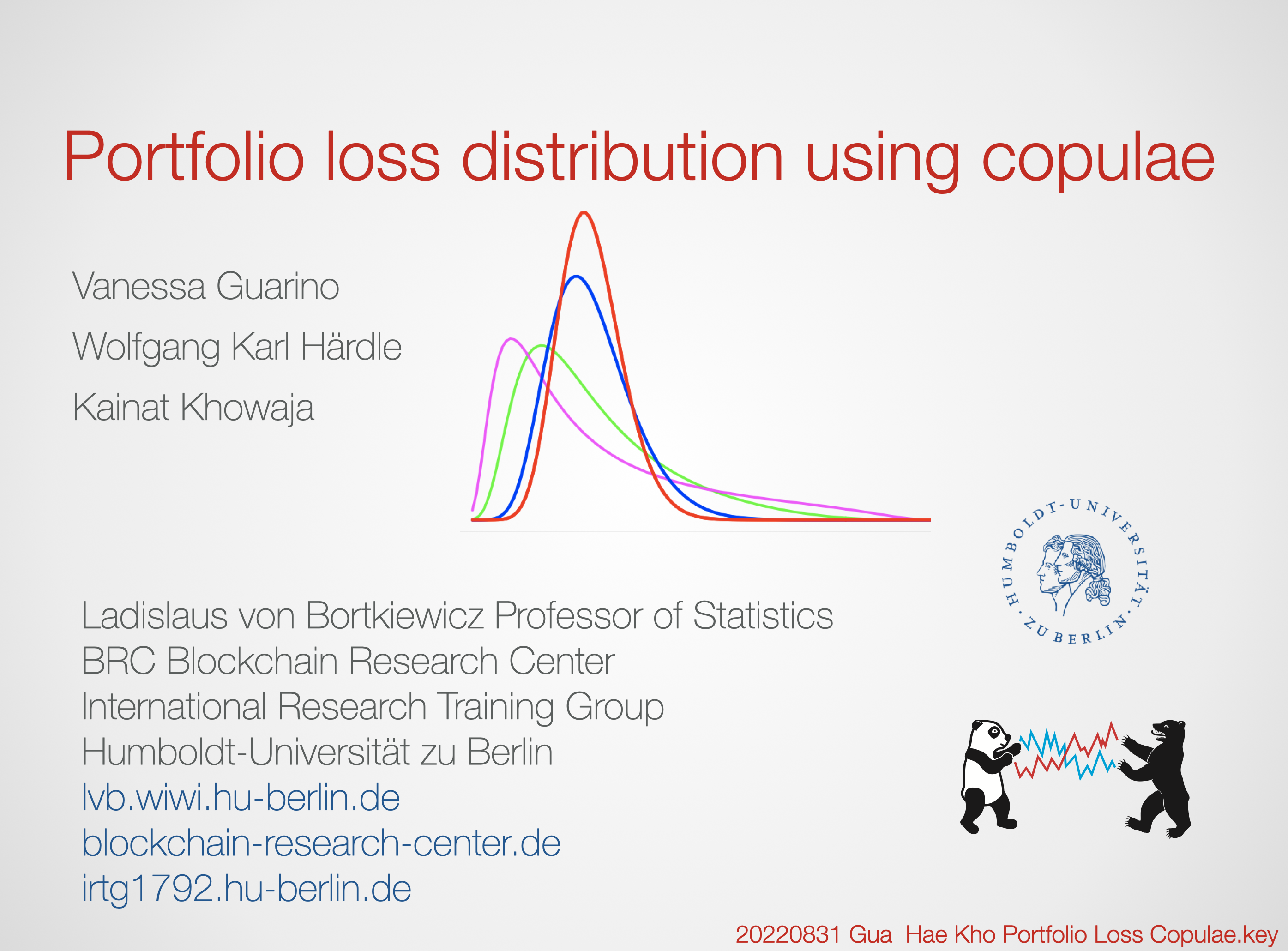
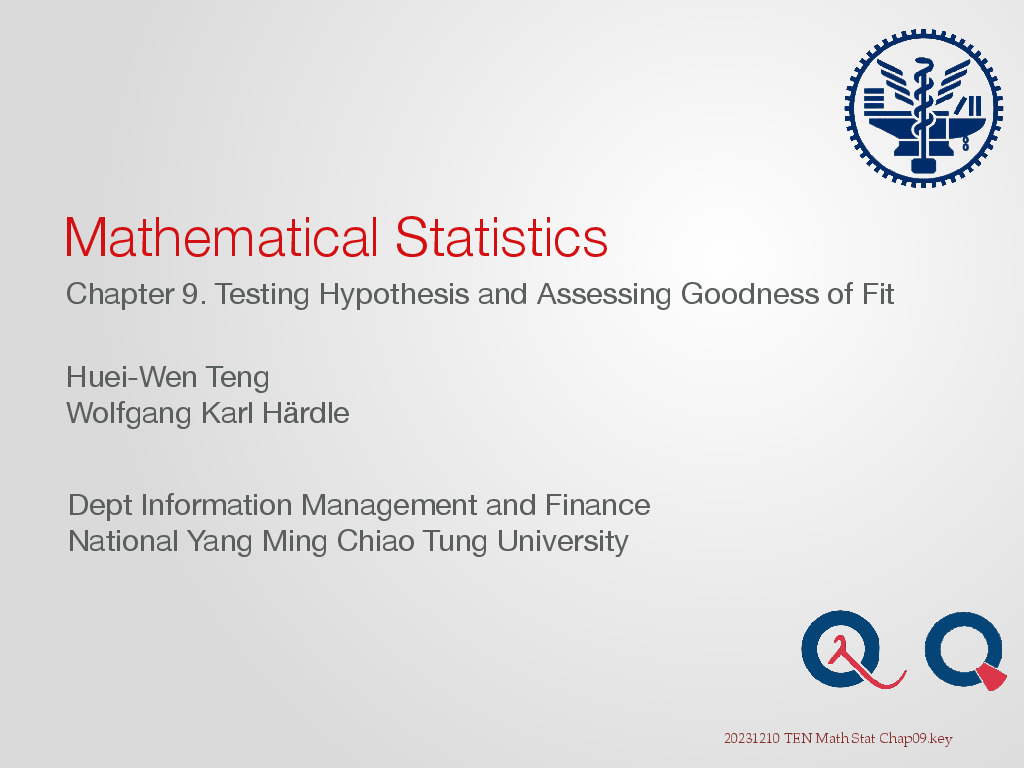

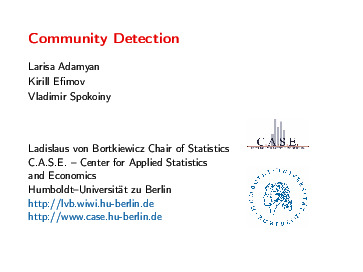
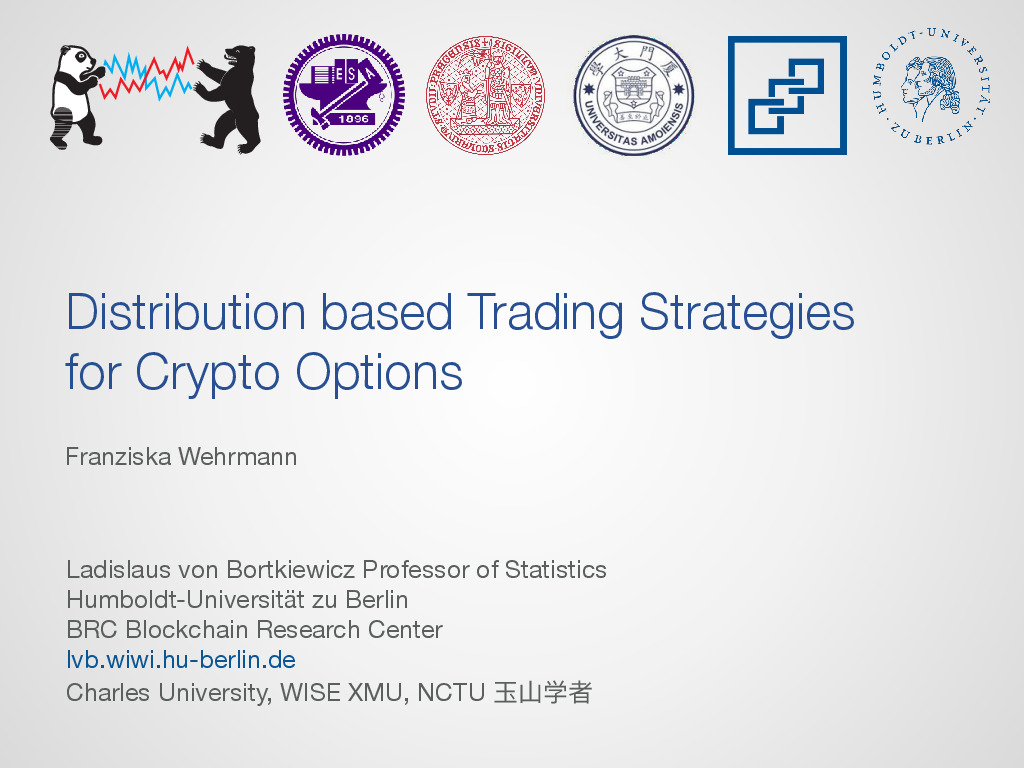

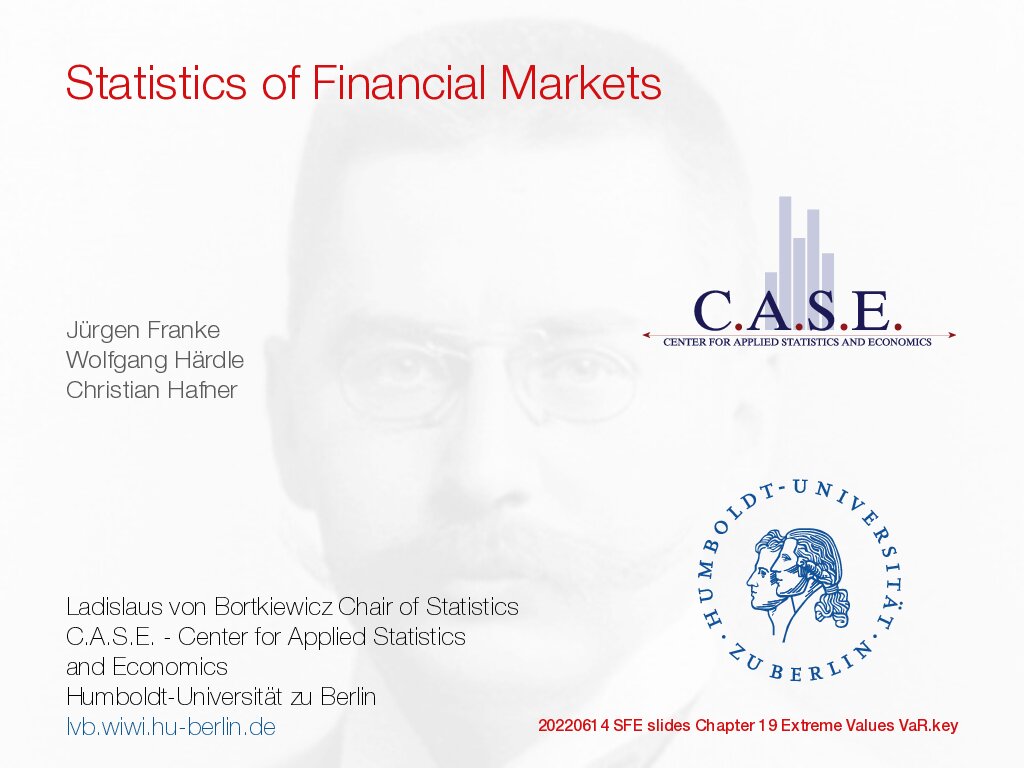

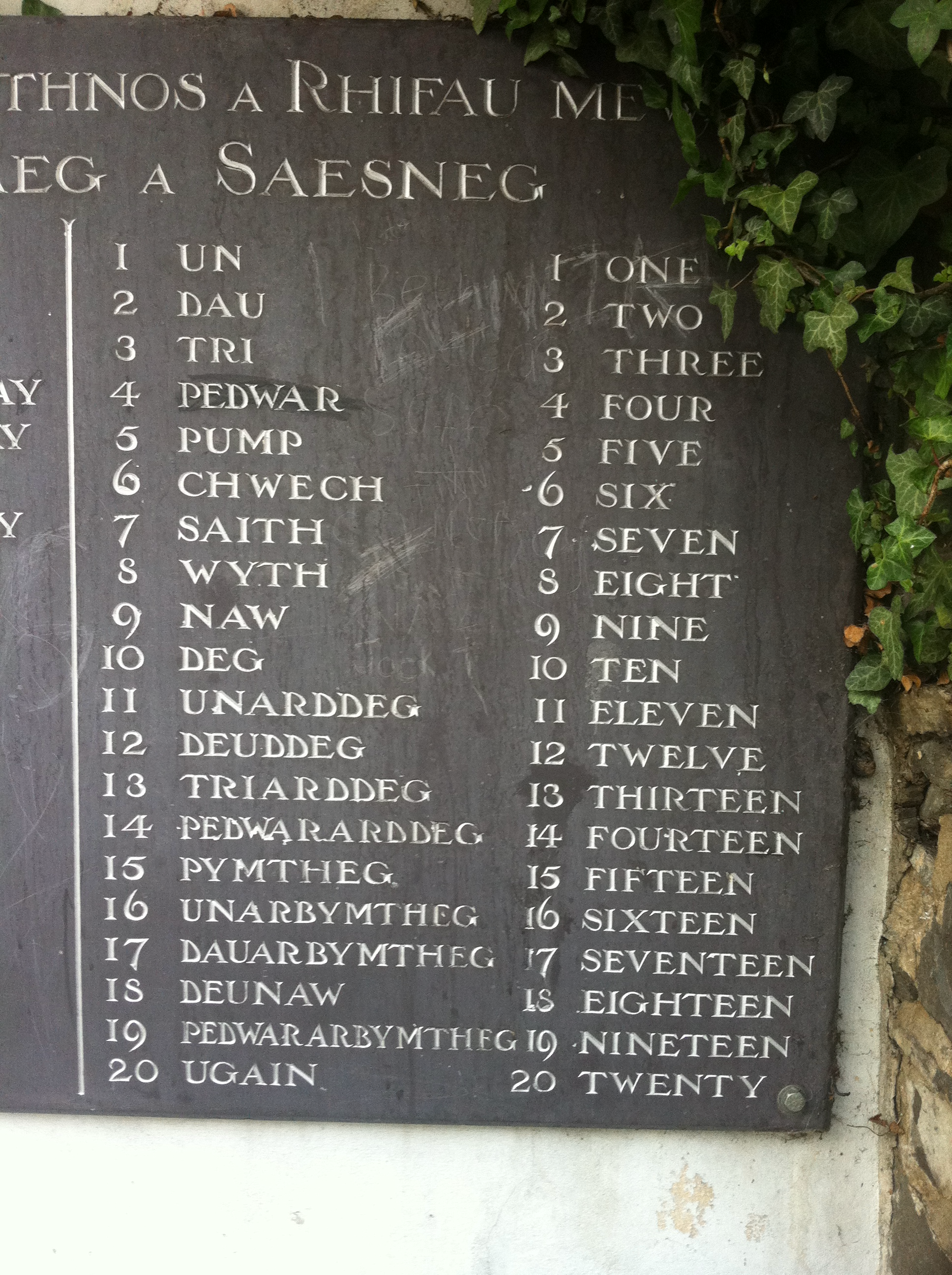

.jpg)